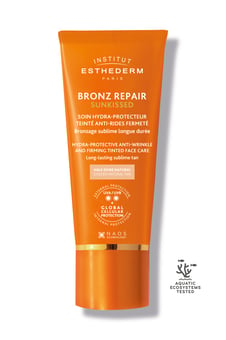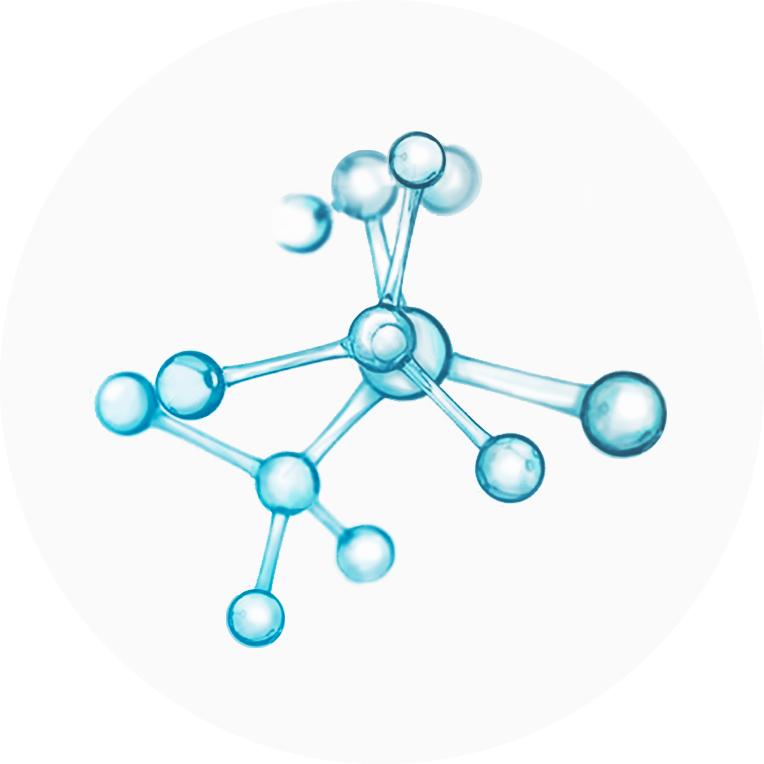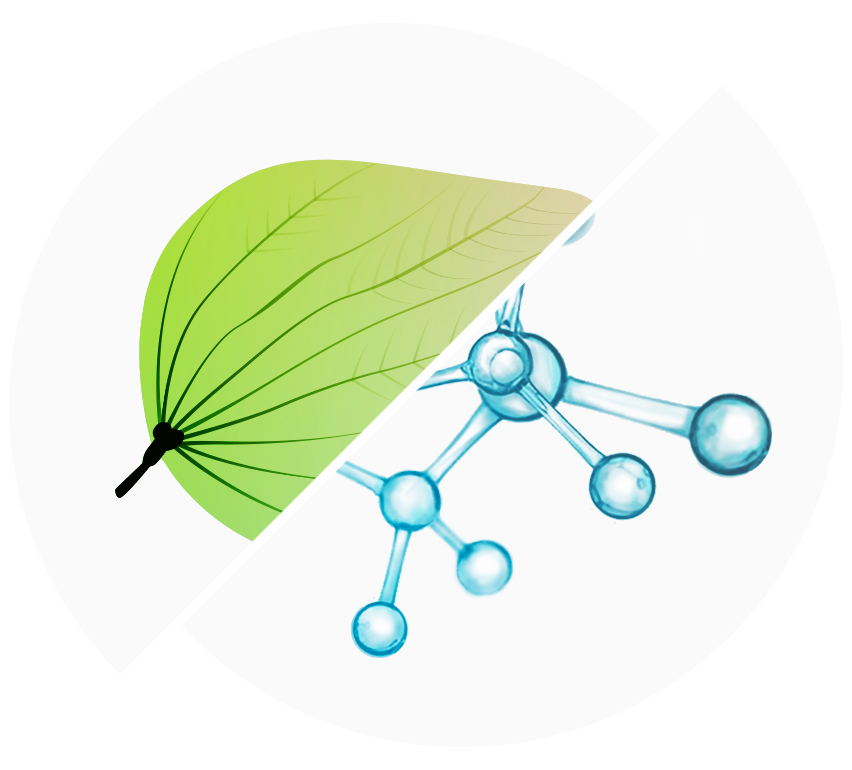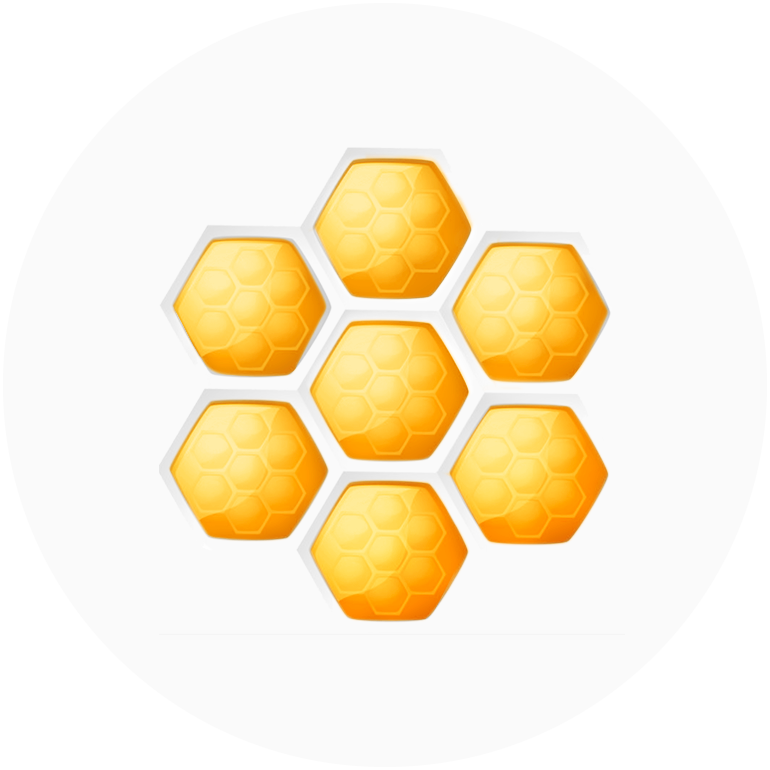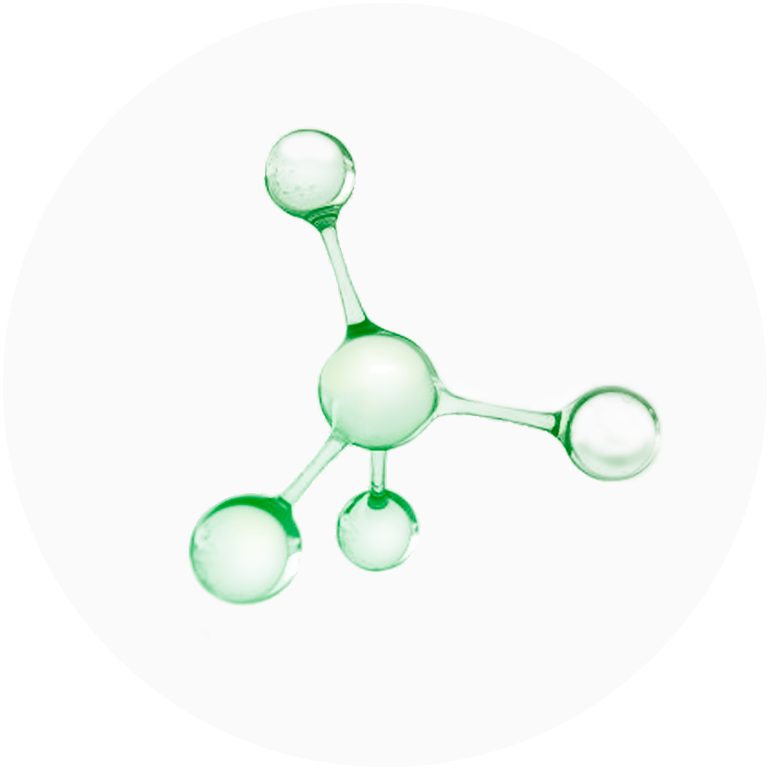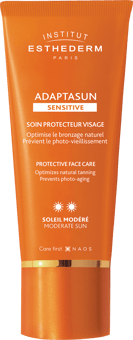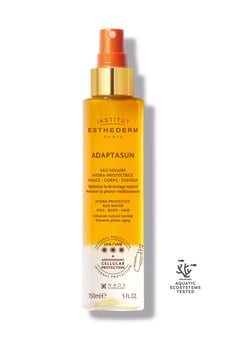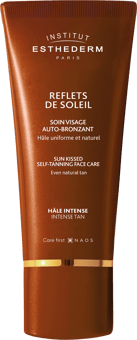Wat is het?
Peptide.
Waarvoor dient het?
Onderdeel van het Eau Cellulaire patent.
Naos heeft een perfect gedefinieerd water ontwikkeld, dat beantwoordt aan de 3 basiscriteria van fysiologische vloeistoffen: pH, oxidatieweerstand, mineralenconcentratie.
Het optimaliseert de celwerking en houdt het evenwicht van een gezonde huid in stand.
Componenten van dit patent: water, dinatrium adenosine trifosfaat, carnosine, laminaria digitata extract, amino-ethaansulfinezuur, citroenzuur en minerale zouten.
Hoe wordt het verkregen?
Bestanddeel dat van nature in de huid voorkomt, synthetisch verkregen.
NAOS maakt bepaalde ingrediënten synthetisch aan om:
- een natuurlijke molecule te verkrijgen zonder die uit een plant te hoeven extraheren, om de biodiversiteit beter te respecteren,
- een zuiver en perfect gedefinieerd ingrediënt te verkrijgen.
